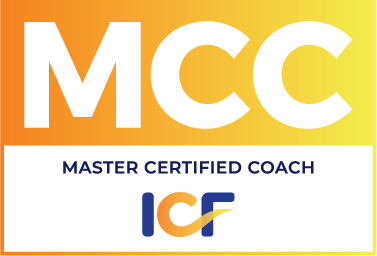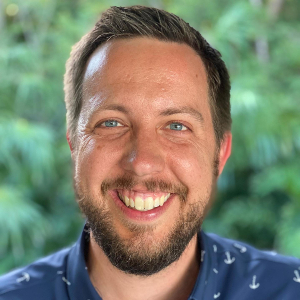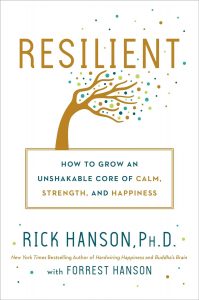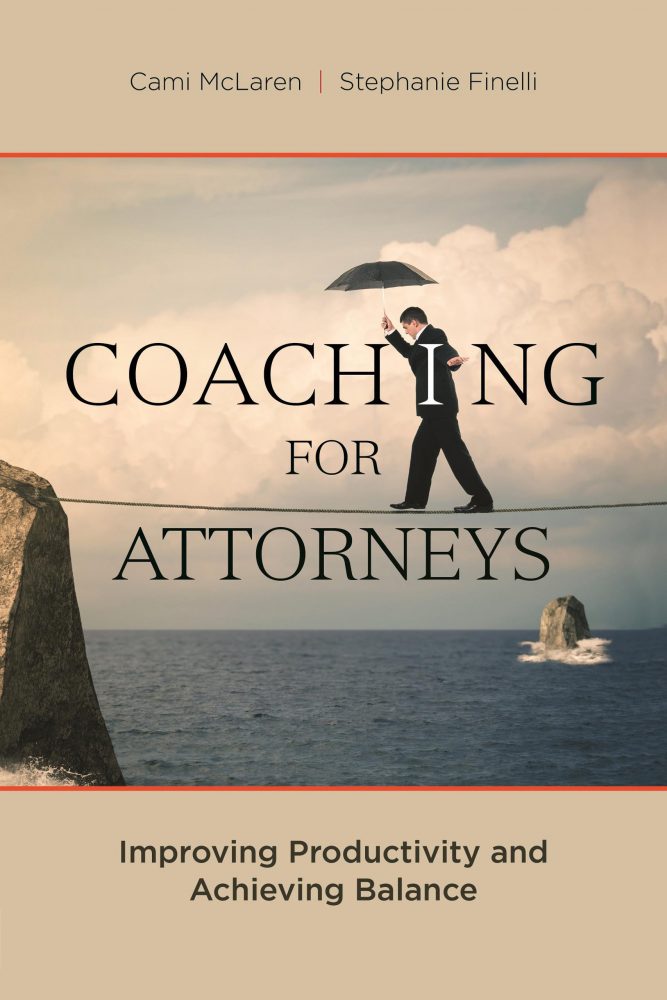On Leadership
“If your actions inspire others to dream more, learn more, do more and become more, you are a leader.” — John Quincy Adams
We are all leaders. We may not always show up as leaders, but the potential is there, in every one of us. We may lead in our professions. If we are called “leaders” (CEO, manager, etc.) we are expected to step up and be leaders. But the name does not the leader make. Certainly you know people who are not called “leader”, but are called “associate,” “secretary,” “staff,” and they appear more as leaders than the designated leaders do.
What is a leader? Where do you lead? We lead in our personal lives, our family lives; and we lead ourselves. Or we don’t. But leading or not leading depends upon choice not upon an external designation. Do you choose to step up and lead or do you not?
On Possibility
“If we all did the things we are really capable of doing, we would literally astound ourselves.” –Thomas Edison
One of the things that makes the biggest difference in leadership is when we lead from a place of “possibility.” We can begin to understand the concept of possibility by considering its opposite. We tend to live inside the parameters of a box that is defined by our beliefs and our past experiences and what we expect to happen; our fears and our misunderstandings and our interpretations. From these things we create a map of the world. Of course this is human and how we make meaning of the world. But it also limits us.
One of the most powerful things that leaders can do is to open to possibility. Because of how our maps are made, this can be challenging. How do we begin to open to possibility? How do we see possibility? Even if you make the decision to look for it, you may still be fairly blind to it.
What is required is a paradigm shift. It is as Albert Einstein said, “We cannot solve our problems with the same thinking we used when we created them.”
My favorite book on this topic is The Art of Possibility by Benjamin and Rosamund Zander. There are 12 tools articulated in the book, though the authors make plain in the beginning that these are transformative tools – this means they are designed to create paradigm shift rather than to be used to try and make change from within our current maps.
An example is the concept I set out at the beginning of this post – the Zanders call this idea that leaders are leaders no matter where they are standing or what they are called, “leading from any chair.” Benjamin Zander is a conductor and this metaphor refers to leading from within an orchestra, from the “chair” in which you sit. You may sit in the “secretary” chair or the “manager” chair, the “husband” chair or the “teenager” chair, but you can lead from any chair. This is a vastly different way to view leadership and change in an organization from the traditional way of defining “leadership” as belonging to the few designated “leaders.”
Where are you a leader? Where do you choose to lead? Where could you be a leader? How will you step up to take the lead today?
______________
If you are interested in more in-depth study of this book, The Art of Possibility, join me for a 12-week, 6-class series where we will study these principles and their application to your own life and career.
Visit http://www.mclarencoaching.com/ to learn more.







